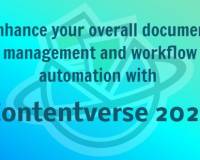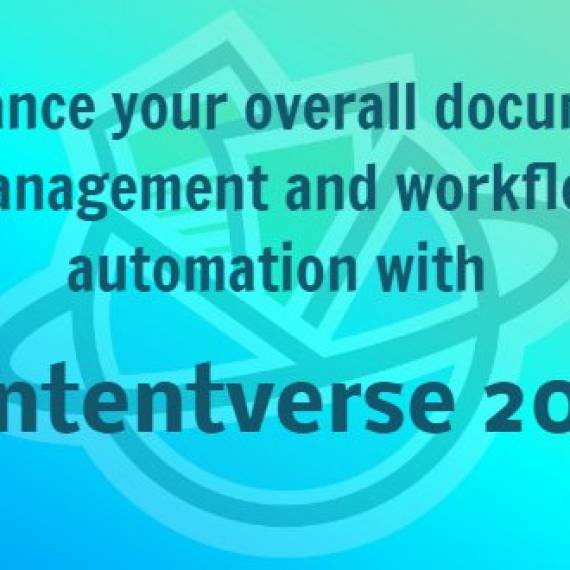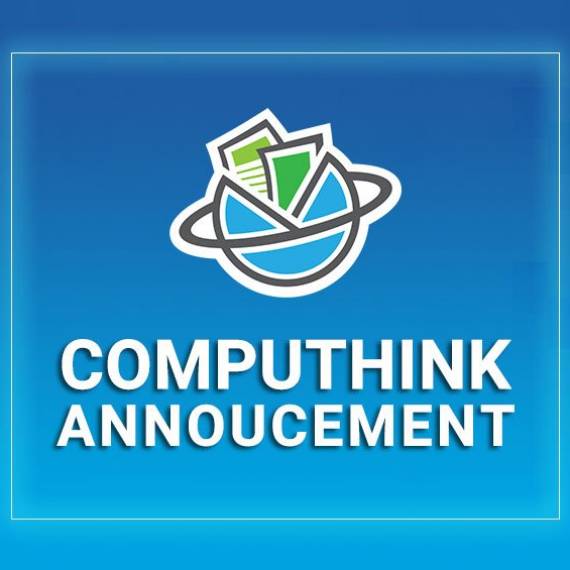“Everyone at Computhink is so smart and helpful,” says Sanders. “They know Contentverse inside and out.” In fact, she can’t decide which she prefers, Contentverse itself or the helpful people at Computhink. “What I’ve experienced with Computhink,” says Sanders, “is that they’re just good people.”
– Lisa Sanders, Administration Assistant to the Special Programs Director at Milan Special School District
Milan Special School District’s filing costs were getting out of hand. A special education student’s paperwork can consist of up to 1,000 pages of information including multiple Instructional Education Plans, psychological examinations, Functional Behavior Assessments, Behavior Intervention Plans, and much more. The scanning can be time-consuming, while the paper and mailing are expensive.
Each year a child stays in school, their individual file grows; inevitably there will be an overflow of paper that slows the retrieval process and often costs extra for off-site storage. Milan Special School District needed a way to condense and organize their files and decided that an electronic records system would save space, cut down on time, and allow easier access to their over 2,000 past and present students’ files.
Computhink, Contentverse Solution Held Exponential Benefits
Lisa Sanders, Administrative Assistant to the Special Programs Director at the Milan Special School District, determined to have the Contentverse system become her central workflow tool. However, when she first had Contentverse installed, she discovered that the District only provided an old-style desktop PC dedicated to Contentverse, a second old computer for everything else, and an old scanner only capable of scanning one page at a time. That’s where Computhink’s commitment to customer service improved her user experience.
Sanders called Computhink and was introduced to one of their dedicated Technical Support Representatives, who worked with her to present a specific equipment request. This resulted in the District supplying Sanders with a new scanner, and she worked alongside Computhink’s Technical Support adapting the capabilities of Contentverse to build a server/scanner station from scratch that was able to take advantage of the new machine and managed to repurpose the two separate workstations into one. The new set-up enabled Sanders to make electronic records accessible for the 2,000 past and present Milan district students.
Instant benefits
- Student Records Management
- Records Retention
- Space Savings
- Near-Instant File Location
- Audit Trail and Security
- Return on Investment
Customization
Once the system was running, Sanders looked at ways Contentverse could benefit all District programs (Early Childhood, Homebound, Title 1, etc.). Specifically, for Special Education, each drawer has a fairly standard set of documents that include Annual Instructional Education Plans, Psychological Profiles, Functional Behavior Assessments, Behavior Intervention Plans, Doctor Reports, and Requests for Student’s Records. She was able to organize these and make sure the data was secure, yet instantly accessible, within Contentverse.
Sanders was able to also set up an “Other” tab that includes personal things such as recommendation letters and the EXPLORE Assessment (a test for all 8th grade students in the state). She was even able to digitize a drawer reserved for all the miscellaneous forms associated with the scope of her duties, including procedural safeguards, invitations to Instructional Education Plans and other meetings, and additional documents which may have to be produced at a moment’s notice … and Contentverse not only made that possible, it makes it easy.
The law requires the district to keep the records for three years, but now Milan is preserving records going back 10 years, a real benefit when adults who passed through the system years ago apply for services later in life and need the school history to support their claims. If they decide at any point they want to purge or retire older files, Contentverse has built-in retention policies that can be applied to any document with rules specific to Milan’s requirements.
“The efficiency of Contentverse frees me up to do other important things” says Sanders. Among these are her responsibilities for the records of 112 early childhood students, as well as for all the records of homebound students whose files carry with them a separate set of documents including doctors’ justification notes, homebound forms, contracts for teachers providing tutoring to homebound students, and teachers’ time sheets – all of which are managed electronically in Contentverse.
Today, every Special Programs child’s documents are safely maintained in the District’s Contentverse files. Now, when other districts make requests for student records, Sanders can quickly and efficiently email the information from Contentverse with a click of her mouse. “Basically, every child has his or her own drawer.” says Sanders.
Return On Investment (ROI)
Sanders points to “paper, postage, time, and storage space,” when describing the ROI the District has experienced with Contentverse. The paper savings alone has been monumental, as each time a district requested a file, someone at Milan Special School District would have to print out or copy every piece of paper associated with that student and either mail or fax it. Now they simply press a button and send the information, a major savings in time and paper cost. She also describes the storage challenge of handling more than 2,000 files with an average of 200 to 400 pages each, and how using Contentverse has completely removed those costs.
Conclusion
“I see no reason why every school doesn’t use the Contentverse document management solution,” says Sanders. She backs up that claim by going to other schools in the surrounding communities and explaining her methods. “I visited a school where the people wanted to learn more about Contentverse and I couldn’t believe what I was seeing. They had thousands of files in manila folders, with filing cabinets and boxes that were overflowing.” In that type of situation, retrieving a document from the archive would entail traveling to a storage facility and digging to find the records.











Leave a Comment